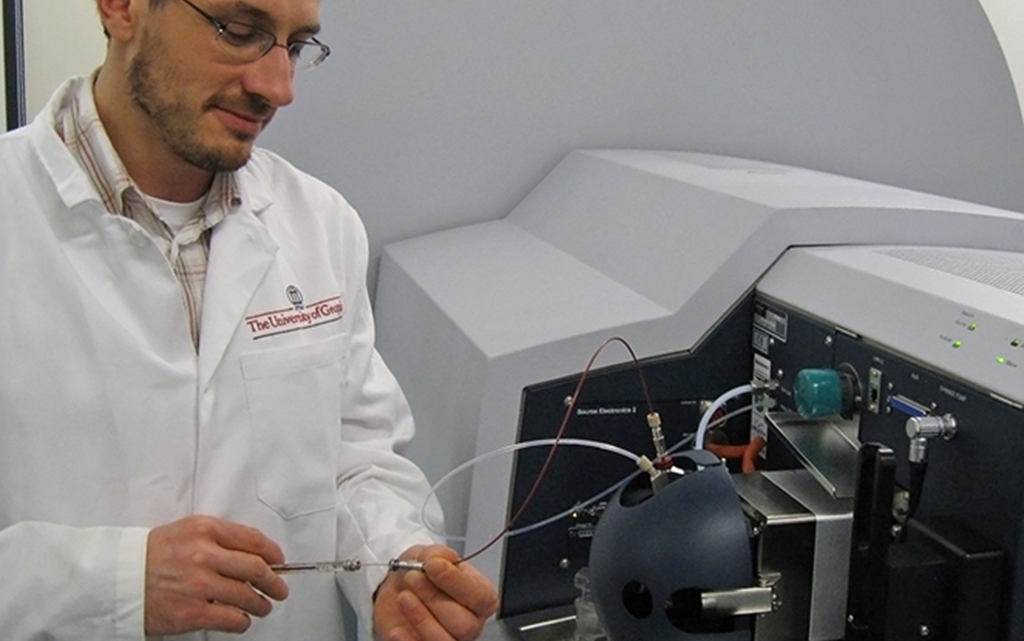December 23, 2015
The presence of dispersants combined with available nutrients may have affected the type of organic compounds degraded and the metabolic pathways of biodegradation. The researchers published their findings in Deep Sea Research II: Topical Studies in Oceanography: Biodegradation of crude oil and dispersants in deep seawater from the Gulf of Mexico: Insights from ultra-high resolution mass spectrometry.
The challenging task of quantifying the chemical composition of oil and weathered oil from the Deepwater Horizon spill has been the focus of past studies and continues with ongoing investigations. The researchers in this study applied similar analytical techniques to characterize the molecular formulae and compositional changes of oil and dispersant-derived compounds during biodegradation in laboratory incubations that used Macondo surrogate oil, Corexit 9500, and deep Gulf water samples.
Michael Seidel, the study’s lead author, explained how dispersants may have affected microbial oil degradation, “The addition of dispersant in our experiments led to an increase of sulfur-containing organic molecular formulae, which were probably derived from the surfactant di-octyl sulfosuccinate (DOSS), an important component of several chemical dispersants.” He continued, “We were able to assign structures to several of these molecules, and we propose that they are DOSS degradation products and other dispersant components.”
Patricia Medeiros, the study’s corresponding author and an ECOGIG-1 researcher, noted that the discovery of a specific molecular composition for water-soluble oil fractions is “an important step towards the identification of oil molecular fingerprints that can be useful to identify future oil spill sources.” Seidel explained a unique aspect of this study, “We were able to show preferential degradation, transformation, and enrichment of distinct organic compounds when DOSS is used to chemically disperse oil.” Medeiros said that it will be important to continue studying these compounds to track and understand the fate of dispersants in the marine environment.
The study’s authors are Michael Seidel, Sara Kleindienst, Thorsten Dittmar, Samantha B. Joye, and Patricia M. Medeiros.
You can find the original article, written by Maggie Dannreuther at the Gulf of Mexico Research Initiative (GoMRI), featured on GoMRI's website here


















 back to top
back to top